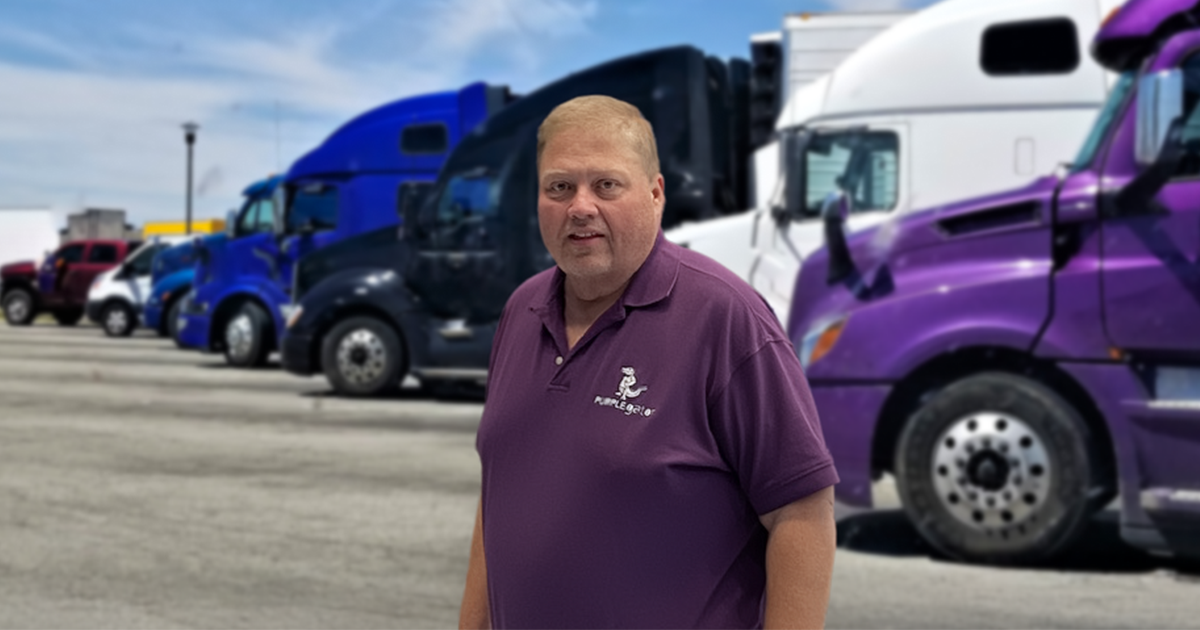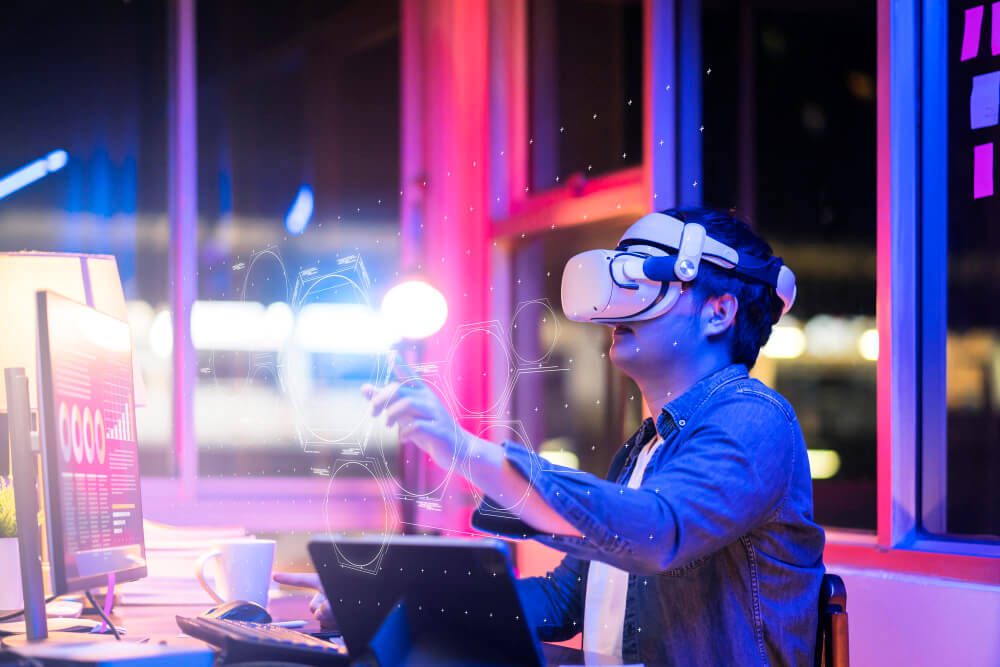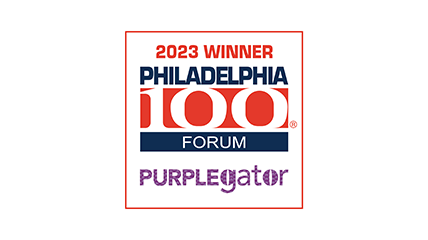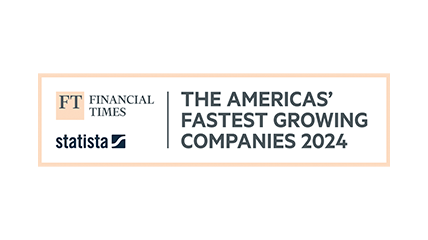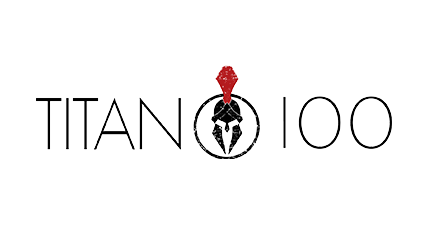Blog /
How to Rank Your Mobile Website

SEO is the Gift that Keeps on Giving
How important is search engine optimization to your site? There’s an old saying that if you want to hide a dead body, just put it on the second page of Google.
A whopping 74.3% of all tap throughs on mobile come from the first ten positions and over half (52.6%) come from the top four listings!
SEO tactics and strategies on how to rank your website higher in Google Search could be a blog post unto itself. Therefore, we won’t get into it here. The good news is that if you want to learn more about mobile SEO, there’s a wealth of information available online that will help you.
Search engine optimization is an art and not a science. That’s because Google doesn’t provide a book about how to rank your website higher, because if they did, we all would do what the book says. That said, if you read the information online, test your changes and work diligently on your website, you should be able to rank higher in the search engines.
Keyword Tools
Choosing the best keywords for your site is likely the single most important aspect of mobile search engine optimization. Often, business owners are too close to their own business and tend to use industry buzzwords that the general public may not know. That’s why using a keyword research tool is so important.
Here are a couple examples of free keyword tools that you may wish to consider using:
- Wordtracker — https://www.wordtracker.com/
- Neil Patel’s Ubersuggest — https://neilpatel.com/ubersuggest/
Search Intent
Effective search engine optimization is more than just choosing keywords. It’s also about understanding search intent. Some keywords can actually mean something unrelated to your business. Take the term “mobile marketing,” for example. In the early days of the mobile marketing that this class is based on, the term actually meant the large mobile advertisements that drive up and down the Las Vegas Strip! Paying for a Google Ads pay-per-click visitor for that product would not be beneficial to you.
There are four types of intent when it comes to search. And, winning those keywords that are at the buying stages of commercial and transactional intent will provide the most immediate value to your business.
- Navigational Intent — In this case, consumers are looking for something specific, but have no idea of where to find it.
- Informational Intent — Consumers are looking for an answer to a problem.
- Commercial Intent — Doing research in the final stages of the buying process.
- Transactional Intent — At this point, consumers know what they want, and they are just looking for the best place to make the purchase.
Zero Click Searches
What happens when a consumer does a search? They click or tap on a result, right? Well, not always, as this graph from data from Rand Fishkin and Similar Web explains. In fact, over half of all searches on mobile and desktop result in zero clicks! That’s because website listings have improved so much lately that they often give the required information without the consumer needing to visit the website.
Think about what is at the top of the page today when you do a Google Search? It’s usually a very informative artificial intelligence (AI) result. And, it often answers your question without needing to click on a listing.
Zero click searches now represent 58.5% of all searches in the USA. This means that the user did not click (or tap as I like to say) on any of the traditional listing results served.
Zero click results reflect an evolving trend in user behavior. Sometimes people are looking for quick answers and the AI atop the page gives them that.
The only redeeming factor for SEO experts is that Google indicates that because the search pie is growing so quickly, the amount of traffic that Google refers to the open web overall remains “relatively stable.” But, tell that to an agency SEO specialist who needs to explain to his client why traffic is not growing despite his best efforts.
Compare zero click searches on mobile to that of desktop. Notice the differences in each category of click through rates. Why do you think there are more zero click searches on desktop than on mobile?
Given these statistics, it should be obvious that you can’t treat mobile searchers the same way as you do desktop searchers. But, one thing is for sure, you need to win the SEO game and win it on both mobile and desktop.
GEO: The New SEO Paradigm in the Age of AI Search
Remember when being ranked #1 in search was the ultimate goal? No longer. Today, being listed as part of the AI atop the page just might be more valuable than being ranked #1 in the traditional search engine listings.
As traditional Search Engine Optimization (SEO) continues to evolve, a new strategic framework has emerged: Generative Engine Optimization, or GEO. GEO is an adaptive approach to content optimization that targets AI-powered generative engines, such as Google’s Search Generative Experience (SGE), rather than relying solely on traditional link-based algorithms. GEO is designed to ensure that content is selected, cited, or summarized within these AI-generated responses, which now frequently precede and often supersede conventional blue-link results.
The shift to include GEO as an integral part of your overall search campaign means that the structure of content matters more than ever. GEO prioritizes clarity, authority, freshness of content, and contextual relevance. This means that Q&A formats and authoritative insights are going to be the winners when AI models confidently pull information to be featured.
The implications of GEO are significant for businesses, content creators, and academics alike. As generative engines increasingly mediate access to information, being referenced or linked within AI summaries will determine visibility, traffic, and even advanced credibility. Brands that are not optimizing for GEO risk being bypassed entirely in favor of competitors whose content is more AI-accessible and algorithmically favorable. This makes GEO a strategic imperative for digital marketers and content strategists looking to future-proof their online presence.
GEO is not a replacement for traditional SEO, but rather its evolution—an advanced layer that addresses how AI intermediaries parse and prioritize the internet’s information.
Local Search Listings
Forty-six percent of all searches on Google have local intent (Google, 2025). Consumers are looking for open hours, finding availability of products, or making a dinner reservation.
But Google isn’t the only place that people search on mobile. They also search for businesses on a variety of other platforms that are critical to being found on mobile. So, it’s not just about optimizing your own website for mobile, it’s also about optimizing your listings on other sites on the local search ecosystem.
Let’s take a look at some of the most important listing sites.
Google Business Profile
If there’s only one listing that you can optimize, it’s Google Business Profile – the new brand name of what was formerly called “Google My Business” (Google decided to change the name in November 2021 just to confuse us.). Why is optimizing for Google Business Profile so important? Well, if nothing else, it’s because, well…it’s Google. Google Business Profile is the single most important listing site that you should spend time with. Ensure that your listing in it is “accurate, complete, and engaging.”
Two-thirds More than half of shoppers (67%) use Google to research products even when they intend to buy in-store. And often, shoppers are looking for information to help them choose a nearby retail location and make an in-store visit. In fact, mobile searches with local intent result in offline store visits within 24 hours more than 78% of the time. A staggeringNearly 28% of those visits result in a purchase (Google Search Central, 2025).
A retail store’s appearance in search is a part of your customer’s overall experience with the brand. Yet a recent study found that 52% of local retail listings on Google were inaccurate and 56% were not claimed by the business at all! Listings in organic search and Google Maps had either the wrong address, phone number, business hours or a combination thereof (Google Search Central, 2025).
Make sure your listing is up to date and that you use the same NAP (name, address, phone number) on your Google Business Profile listing as is on your website. If you don’t have a consistent NAP, Google may think your different details are actually different businesses, list them separately, and you can confuse the customer. When you have a tricky address (is my business on “First Street” or “1st Street?”), use the official postal address for consistency. And, make sure that your listing NAP matches your website location exactly.
Google pulls data from a variety of sources and you need to do your best to control the information that it is pulling from. That’s why it’s so important to add, claim and verify your business on Google Business Profile. You’ll need to do this not only on Google Search but also on Google Maps. If you have multiple locations, each one should have its own unique Google Business Profile listing.
According to Google, your listing should consistently update your open hours, you should respond to reviews, and you should add photos and videos to your verified listing. Google determines your ranking by relevance, distance, and prominence. Relevance relates to the user’s intent. GMB allows you up to 750 characters in your detailed description so use them wisely to help your relevance rating. Distance refers to the proximity of your current location to the business. Prominence is indicated by how well your business is known and the reviews that your organization has received so encourage reviews from satisfied, regular customers.
YouTube
The most popular video viewing site in the world is also the second largest search engine in the United States and the second most visited website in the world. If your business has videos (and it should), you are likely using Google-owned YouTube to host those videos.
There are several things you can do to win a YouTube video search:
- Optimize your title tags and descriptions with pertinent keywords that users search for.
- Name the video file with a keyword.
- Use the category feature.
- Provide a transcript of the video.
- Use the geotag.
- Link back to your company website.
- Be sure your NAP matches the information on your website exactly.
- Use the tag feature.
- Embed the video on your company website.
- Build links to the video.
Fun Fact: Here’s some trivia you can use at your next party. What was the first video ever uploaded to YouTube? The video “Me at the Zoo” was taken at the San Diego Zoo on April 23, 2005. This information won’t be required for your final project, but you can watch it here. Use this valuable trivia the next time you are sitting on a barstool.
Yelp
Yelp is one of those mobile-centric sites that is critical to the success of your business, especially for home and local businesses and restaurants that represent 19% and 17% of all Yelp reviews respectively. Yelp is Uber-important to local businesses. According to Nielsen, 92% of consumers will make a purchase after visiting Yelp (Wall Street Zen, 2025).
Users of the app and website are highly coveted by local businesses. Fifty-four percent of Yelp users have incomes in excess of $100,000 (Yelp, 2025).
To improve a business ranking on Yelp, one of the most important things an organization can do is to “respond to every review, even the positive ones.”
There’s also a potentially seedy side to Yelp. Watch the trailer here or the actual movie – “Billion Dollar Bully” on Amazon Prime and you’ll experience some of the many complaints that have been lodged against it from advertisers who claim to have been threatened by it when their important rankings went south after not renewing a paid advertising contract. Because of Yelp’s alleged unscrupulous business practices, many businesses choose to stay away from its paid advertising opportunities, but its importance cannot be underestimated.
TripAdvisor
TripAdvisor is not only an important listing site that you’ll want to monitor, but its impact goes beyond the site itself. Some TripAdvisor reviews may also display on your Google listing.
Imagine what a positive rating on TripAdvisor can mean for your business. Its ranking algorithm, “is based on the quality, recency, and quantity of reviews that a business receives from users and the consistency of those reviews over time.” It places a higher value on quality and recency over the quantity of reviews.
TripAdvisor recommends you do the following to improve your brand’s presence:
- Claim and verify all your locations’ listings.
- Monitor reviews and respond quickly.
- Share reviews on your website or Facebook page.
- Promote TripAdvisor reviews on your website.
Website Analysis Tools
From time to time in this class, you may wish to compare your company’s website with its competitors. There are several tools that can provide you with in-depth information that can assist you in those efforts. Consider using the following:
- Similar Web – https://similarweb.com
- Semrush – https://semrush.com
- Small SEO Tools – https://smallseotools.com/page-comparison/
What is SSL?
A secure socket layer (SSL) certificate is what enables mobile and desktop websites to use HTTPS, which is confirmed as being more secure than HTTP. An SSL certificate is a data file hosted in a website’s origin server. An SSL certificate must be renewed annually to avoid Google seeing it as not being safe for visitors. This is not a choice to make. You must be on HTTPS. Here is a website that enables you to easily check the validity of your SSL certificate.https://www.sslshopper.com/ssl-checker.html
About the Author

Bob Bentz is president of marketing agency Purplegator. He is also an adjunct professor who has taught at the graduate level at the University of Denver and at West Virginia University for the past 11 years. Bob is the author of Relevance Raises Response: How to Engage and Acquire with Mobile Marketing (SECOND EDITION) which is available at Amazon and other fine online book stores.


